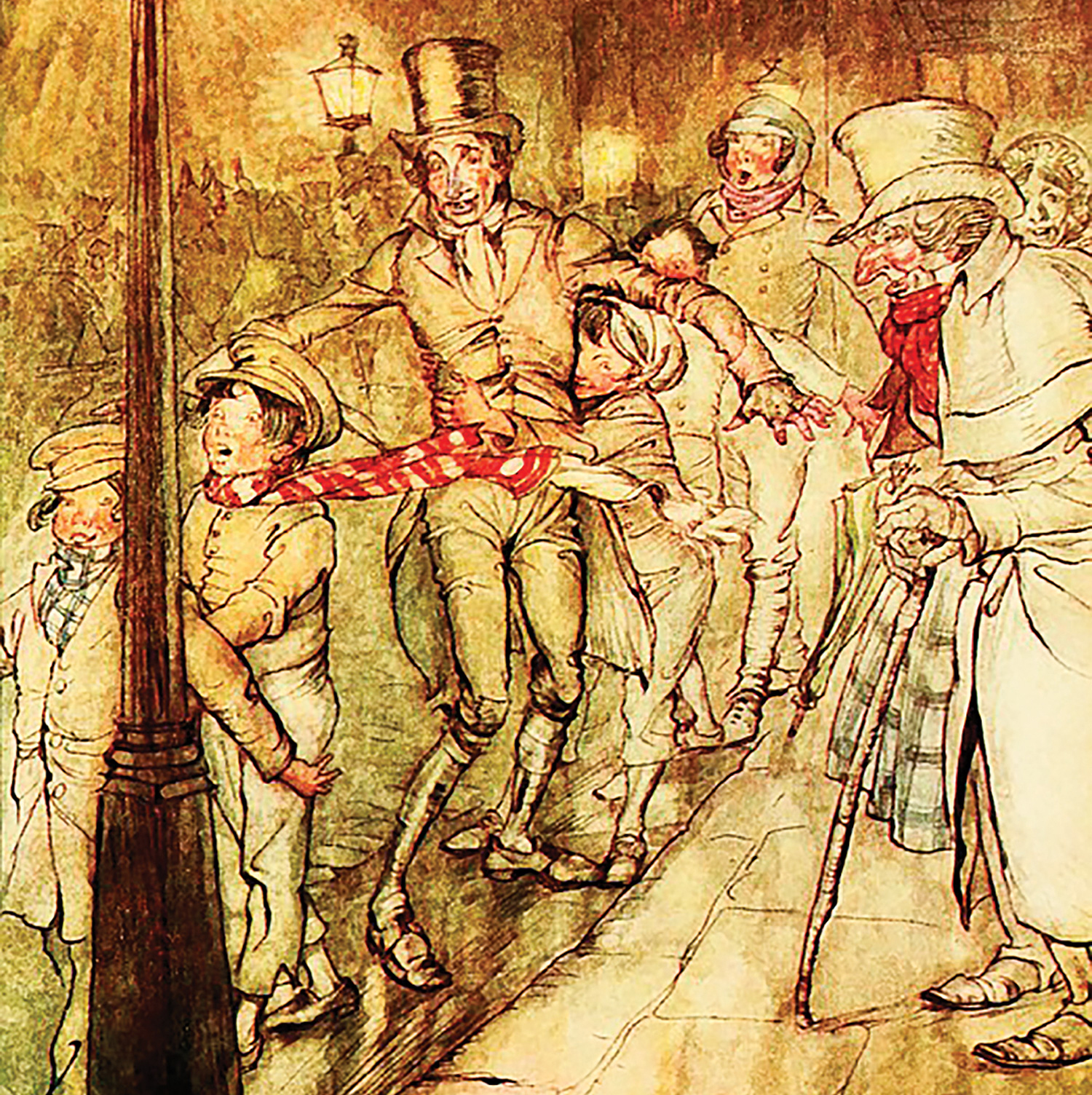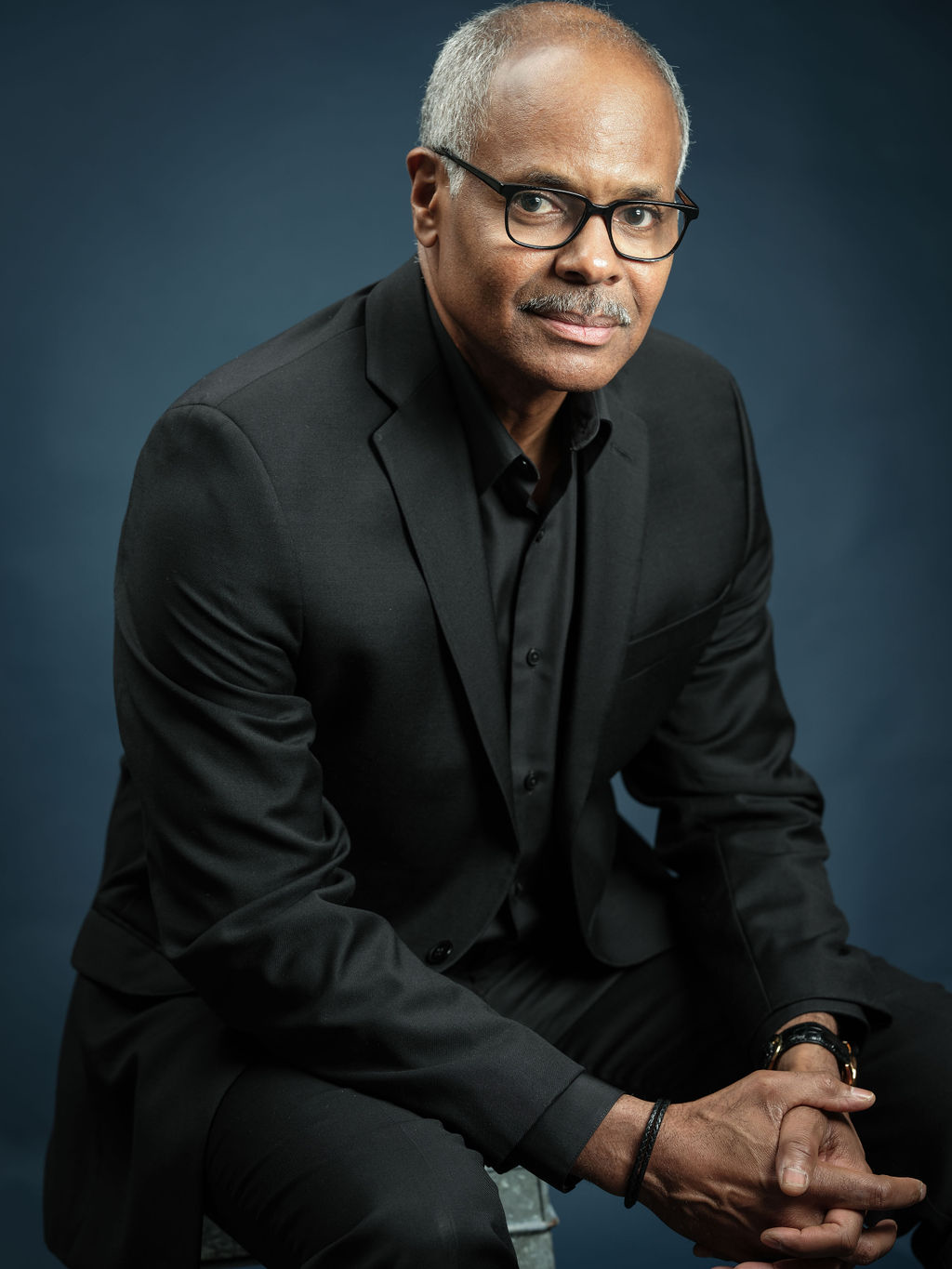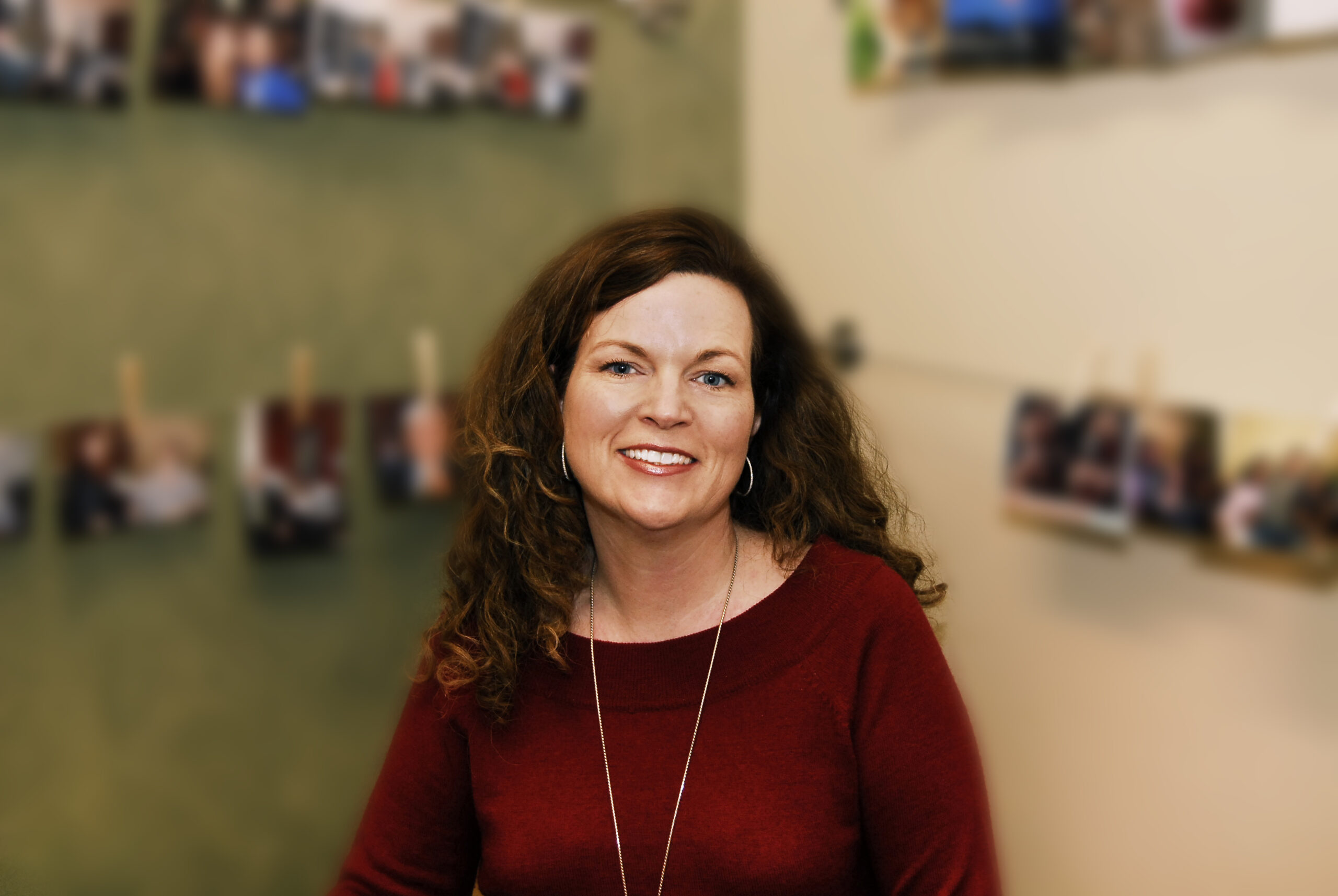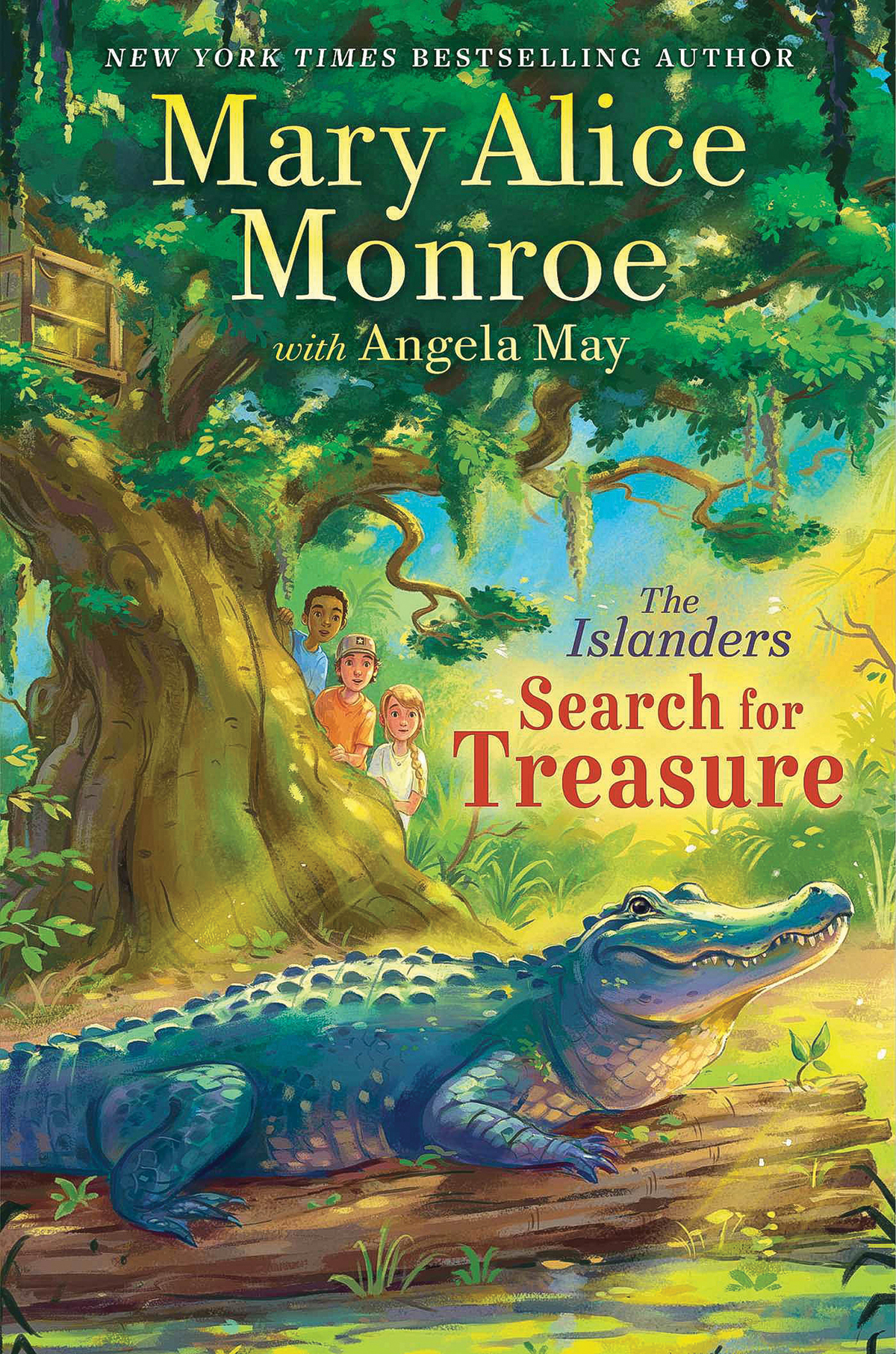
Riotous bouts of “wassailing,” including demands for figgy pudding, were typical of the heyday of door-to-door Christmas caroling, which peaked in the Victorian era.
Give “We Wish You a Merry Christmas” a hard listen, and you’ll hear more than holiday spirit. One stanza in and the singers start demanding figgy pudding as compensation for their serenade.
The classic Victorian dish contains no actual figs and is primarily formed of brandy and mutton fat. Nevertheless, the carolers want some, and they want it now. “We won’t go until we get some,” goes the next lyric — front-door mischief more reminiscent of Halloween than Yuletide.
“‘Hand over the food we came here to get,’” paraphrases Hendersonville’s Vinnie Holman. “A little pushy, eh?”
Her own preference is for more religious pieces like “Joy to the World.” Isaac Watts wrote the refrain “And heaven and nature sing” in 1719 — but he wasn’t necessarily overcome by the scene in the manger; rather, the song, based on the 98th psalm, addresses the future resurrection and second coming of Christ. Nevertheless, it’s the most-published Christmas hymn in North America and has dominated popular holiday music for hundreds of years, covered by countless late-20th-century artists including five-octave Top 40 veteran Mariah Carey and baroque pop star Sufjan Stevens.
The historical tapestry of traditional carols will be unveiled at this month’s “Stories Behind Familiar Carols,” an event meant to deepen Christmas cheer through community and song. Holman will discuss “Go Tell It on the Mountain,” a slave hymn lost in the Civil War and eventually brought to light by Nashville choir director John Wesley Work, Jr., known as the first African-American collector of folk songs and spirituals. She will also also trace “O Come, O Come, Emmanuel” some 1,300 years back to the 700s, and tell how “Good King Wenceslas” arose from a family feud.
Post-Middle Ages, and peaking in the 1800s, caroling became the stuff of storybooks. Some songs still had poignant origins — Henry Wadsworth Longfellow wrote “I Heard the Bells on Christmas Day” as a suffering widower and father, his wife burned to death in a house fire and his son severely wounded in the Civil War — but many Latin hymns blossomed into the rousing Christmas canticles we know today, and eventually six-piece brass ensembles graced front stoops.
Holman remembers carolers would “stand under the street lamp, snow falling down” at her childhood residence in Pennsylvania in the mid twentieth century. Now, she hopes to save the old carols from overplayed big-box-store doom. “Learning the stories behind their creation transports us back to the time and place they were written,” she says. “Hopefully, we will all experience a new and deeper appreciation for their rich heritage.”
“Stories Behind Familiar Carols” happens Wednesday, December 14, 4:30-5:30 pm at Freeburg Pianos Master Works Studios (2314 Asheville Hwy., Suite D, Hendersonville) and Thursday, December 15, 4:30–5:30pm at the Henderson County Public Library (301 Washington St.). Free. For more information, contact Vinnie Holman at 828-685-2577.



